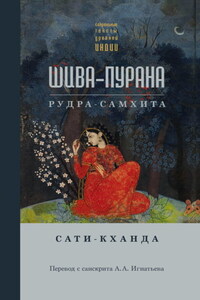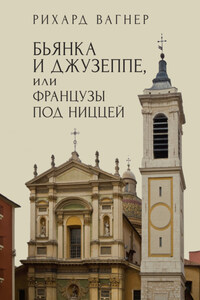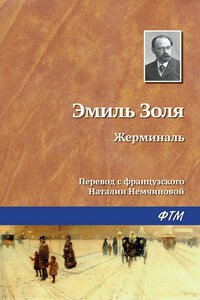A place where criminals and political offenders could find refuge was called a Sanctuary. It is generally agreed that in this country the privilege of sanctuary was instituted on the recognition of Christianity. From an early time down to the days of Henry VIII., fugitives were safe for certain periods in all the churches and churchyards of the land.
The origin of the usage is extremely remote. Most probably it existed among the Israelites before Moses gave directions for the establishment of cities of refuge, when the children of Israel settled in the Promised Land. The Greeks, Romans, Arabs, and American Indians had their places of refuge.
In England the laws respecting this subject are both numerous and curious. A code of laws made in the year 693 by Ina, King of the West Saxons, contains a recognition of the right of sanctuary. It is therein stated that, if any one accused of a capital offence takes refuge in a church, his life shall be spared, but the criminal is directed to make compensation for his crime. If the guilty one deserved stripes, they were not to be inflicted. According to Alfred the Great’s laws of the year 887, those guilty of slight offences were allowed to flee to a church, and there remain for three nights. Thus time was given them to compound for their misdemeanours, or to make suitable provision for their safety. Stringent measures were taken to guard against the violation of the sanctuary. The person who violated the sanctuary and inflicted bonds, blows, or wounds upon the refugee, had to pay the price set upon his life, and to the officiating ministers of the church, one hundred and twenty shillings, which was a large sum in those days. “If a criminal,” says the Rev. J. R. Boyle, F.S.A., in a carefully prepared paper on this theme, “fled to a church, no one should drag him thence within the space of seven days, if he could live so long without food, and had not attempted to force his way out. If the clergy had occasion to hold service in the church whilst the refugee was there, they might keep him in some house which had no more doors than the church had.”
The law of sanctuary was clearly defined in the year 1070 by William the Conqueror. The privilege of sanctuary was only temporary, and during the time of sanctuary, which was within forty days, the refugee might, if able, come to an agreement with his adversaries. If he failed to compound for his crime, he had to appear before the coroner, clothed in sackcloth, confess his crime, and abjure the realm. In an act passed in the year 1529, in the reign of Henry VIII., it is directed that “immediately after his confession, and before his abjuration, he was to be branded by the coroner with a hot iron upon the brawn of the thumb of his right hand with the sign of the letter A, to the intent he might be the better known among the king’s subjects to have abjured.” If the offender failed to make a confession of his crime to the coroner within forty days, and remained in the sanctuary, any one found furnishing him with food was regarded as guilty of felony.
Sir William Rastall, who was Chief-Justice of the Court of Common Pleas, in his “Collection of Statutes now in force,” London, 1594, supplies a copy of the form of confession and abjuration usually employed. It is as follows: —
“This hear thou, Sir Coroner, that I … of ........... am a ......... and because I have done such evils in this land, I do abjure the land of our lord the King, and shall haste me towards the port of [mentioning a port named by the coroner], and that I shall not go out of the highway, and if I do, I will that I be taken as a robber and a felon of our lord the King, and that at such place I will diligently seek for passage, and that I will tarry there but one flood and ebb, if I can have passage; and unless I can have it in such a place, I will go every day into the seas up to my knees assaying to pass over, and unless I can do this within forty days, I will put myself again into the church as a robber and a felon of our lord the King, so God me help and His holy judgment.”
The constables of the parishes through which the culprit passed conducted him over their highways to the port from whence he had to embark. We gather from “England in the Fifteenth Century,” by the Rev. W. Denton, M.A., that sanctuary men sent from London to Dover “frequently broke their promise to cross the Channel, betook themselves to the forest, and joined the bands of thieves who made the greenwood of the Weald of Kent their home.”










